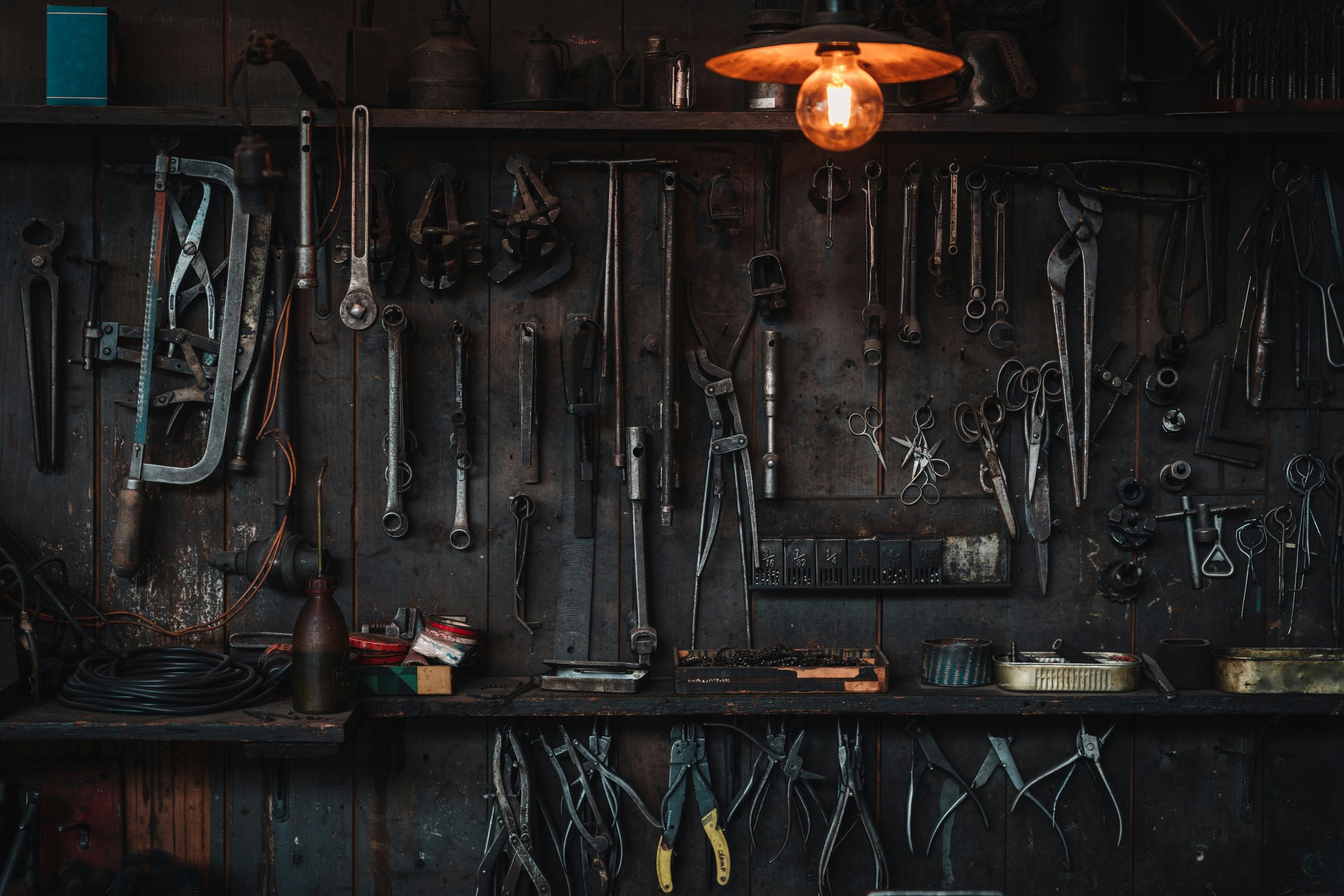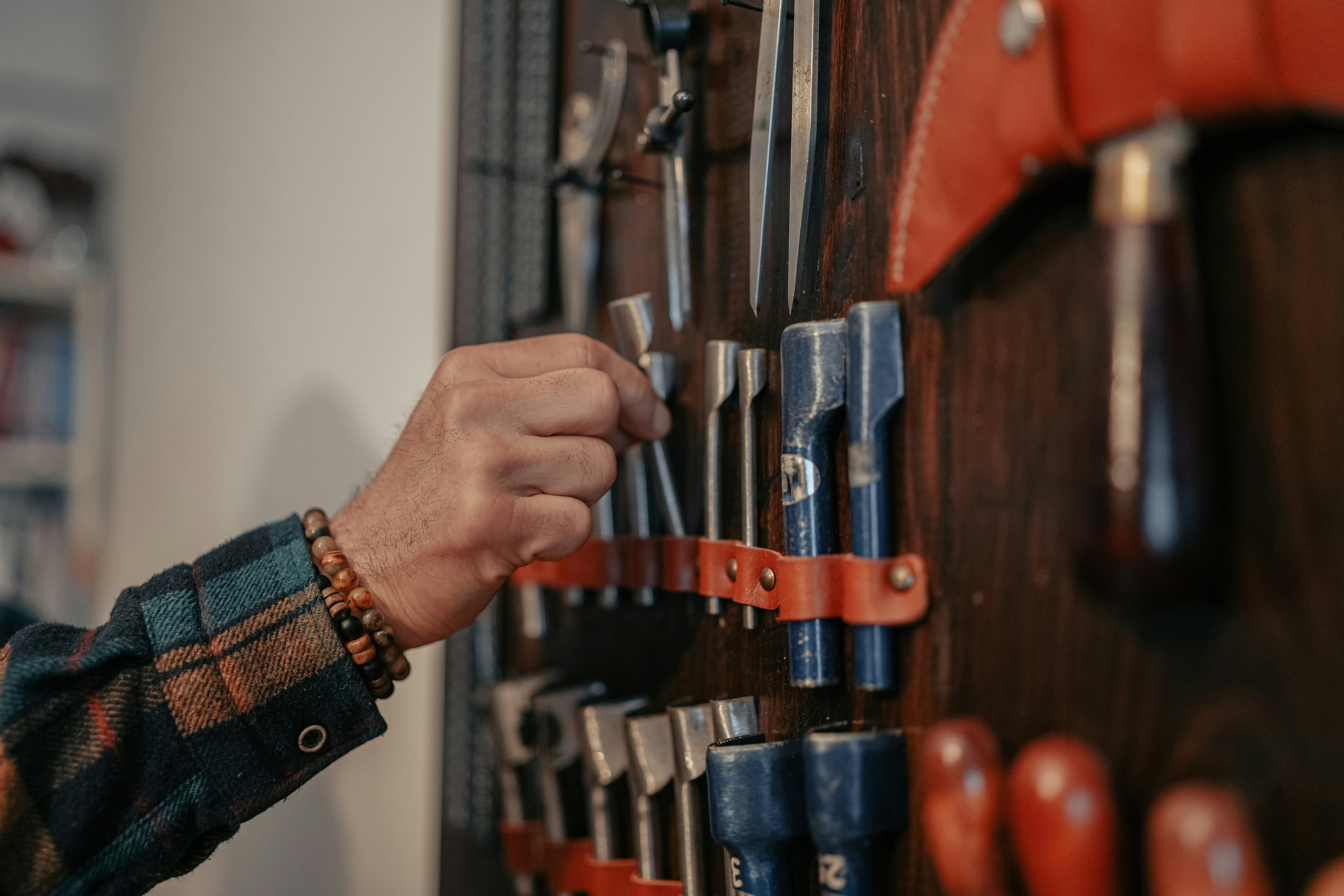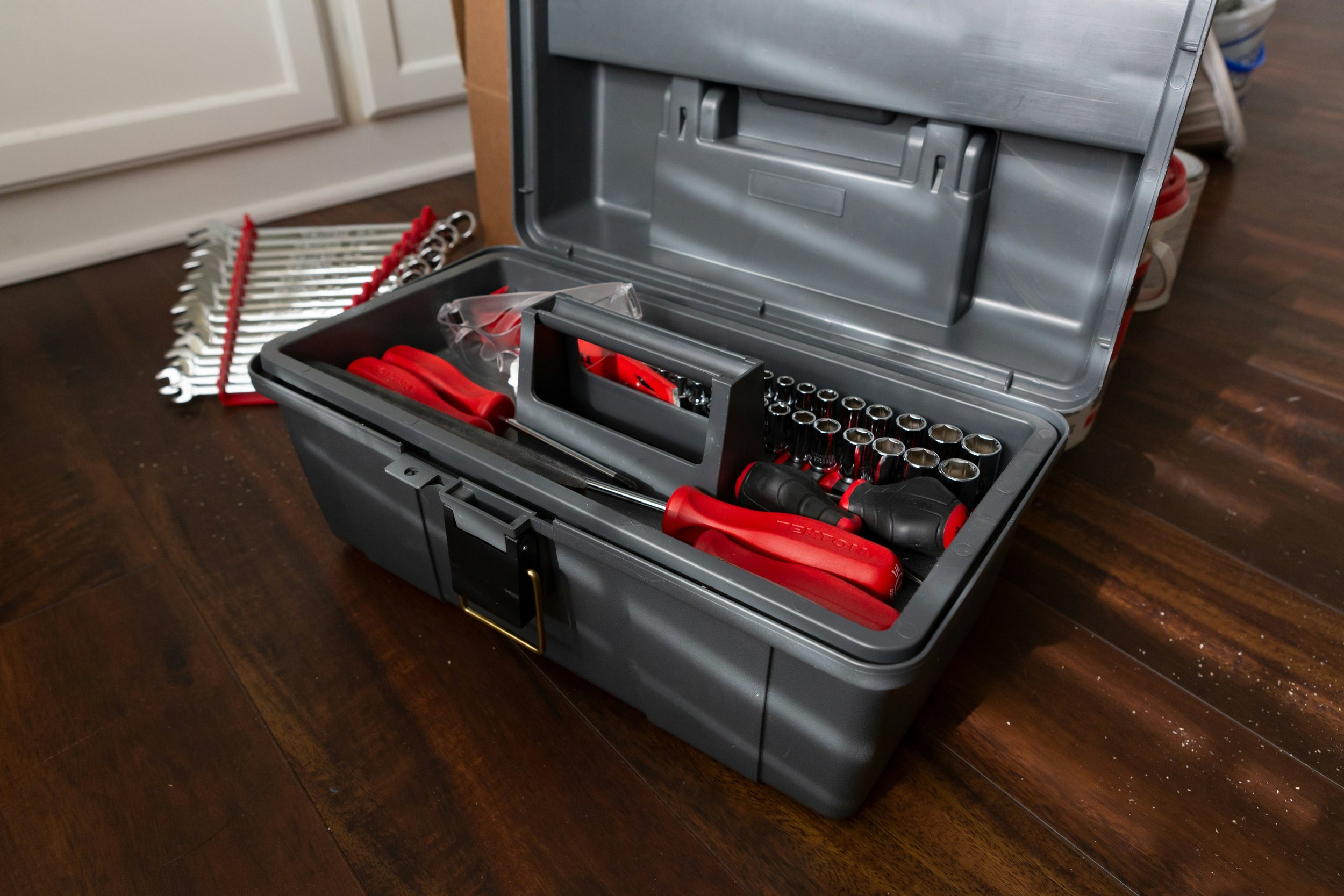How to Choose the Right Tool Cart for Your Needs
Learn how to choose the right tool cart for your needs with this guide, covering key factors like size, mobility, and durability.
A well-organized workspace is key to productivity and efficiency, especially when working on projects that require multiple tools. But with so many options available, how do you choose the right tool cart for your needs? Here’s a guide to help you make the best decision.
1. Assess Your Storage Needs
The first step in choosing a tool cart is determining how much storage you need. Consider the types and sizes of tools you frequently use. If you work with a variety of hand tools, power tools, and small parts, you’ll need a cart that has plenty of compartments, shelves, and drawers.
● For small tools and accessories, a compact cart with several shallow drawers might be sufficient.
● For larger tools, you’ll want deeper drawers or a more spacious cart to accommodate bulky items.
Think about future needs as well—buying a cart that allows room for additional tools will help avoid the need for replacement or upgrades in the near future.
2. Consider Mobility and Maneuverability
One of the main advantages of a tool cart over a traditional tool chest is its mobility. If you frequently move around your workspace or work in different areas, it’s important to choose a cart with durable wheels and handles that make it easy to maneuver.
● Swivel casters allow for smooth movement in any direction.
● Lockable wheels are essential for stability when the cart is stationary.
Check the weight capacity of the wheels to ensure that they can handle the load of your tools, especially if you have a large collection. For those who work on rough surfaces or need to transport their tools over long distances, larger and sturdier wheels are a good option.
3. Material and Durability
Your tool cart will only be as good as the material that makes it stick, this links directly to how long you shelter and protect your tools. The two most common types are steel and plastic, and each has its pros.
● Steel tool carts will be very sturdy and good to use for heavy use meaning they are suitable for professional usage or strong environment as well. One of the benefits of drawer top chests is they also provide more security for your tools.
● Plastic — Plastic tool carts are lighter-weight and, often a little cheaper. They are not as strong or durable as steel, but ideal for light-to-moderate application and will not rust.
Make sure that you evaluate the construction quality of the cart. Thicker steel or high-grade plastic should last longer and adequately support heavier tools.
4. Drawer and Compartment Features
The drawers and compartments are other aspects of a tool cart you should evaluate the design to know if it is convenient for storing tools. If you can buy a cart with a good mixture of drawer sizes then you will be able to store your tools in a more organized way.
● The drawers are mounted on ball-bearing slides that open and close smoothly — even loaded with heavy tools.
● Drawer liners can be used to keep tools in place and also protect the tools and the cart from abrasion.
Other rolling carts may have different options, like locking drawers for any toolkit that you share a space with or potentially insecure tools.
5. Weight Capacity
Before making a purchase, it's essential to consider the weight capacity of the tool cart. The weight capacity tells you how much the cart can safely hold without the risk of collapsing or damaging the wheels and structure.
● Light-duty carts are suitable for hobbyists or home users who only have a small selection of lightweight tools.
● Heavy-duty carts are built with the professional in mind, able to support far more tools and equipment.
With this information, you can be sure that your cart will be in perfect balance and well-functioning, even if it is full of high-volume tools or equipment.
Picking the perfect tool cart is contingent on a lot of things including your work surroundings, needs, and more than a few bucks. Consider elements such as the size of your tires, how large you can store them, how heavy the hitch is, what it's made out of, and how much weight it can hold up to when determining whether or not to make that investment. Not only will a good cart keep your tools organized and at your fingertips, it will increase the efficiency and safety of your workspace.




